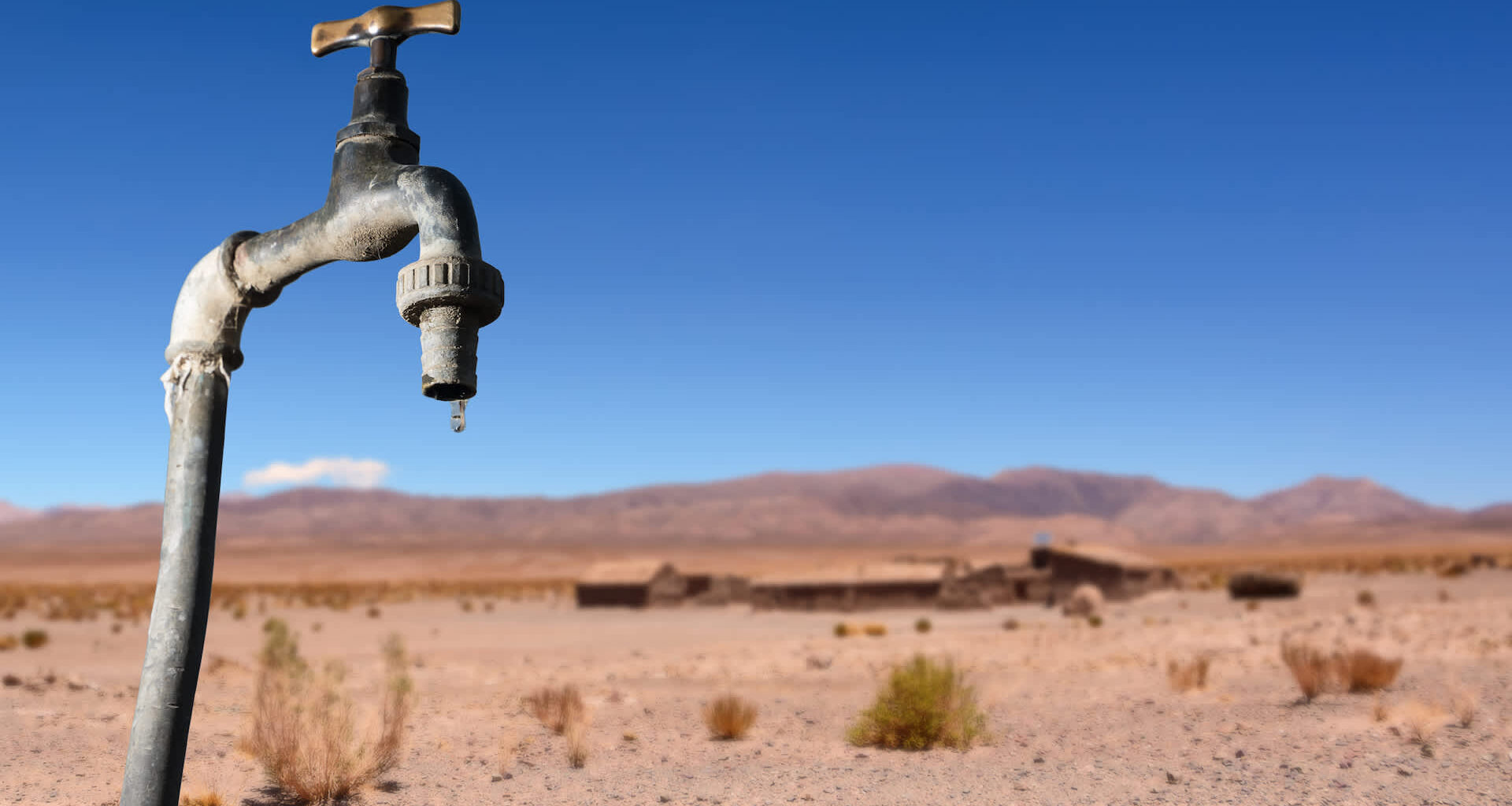Drought conditions across the world are threatening communities’ access to water.
In Mathis, Texas, which usually gets water from Lake Corpus Christi, water levels will likely soon be too low to extract water from the lake, NBC News reports.
What’s happening?
Mathis, a small city of around 4,300 people in southern Texas, is struggling to address its drinking water situation in the midst of a drought.
“It’s not that we’re running out of water or we’re going to be completely dry,” Mathis City Manager Cedric Davis told NBC News. “It’s going to be difficult to pull clear water out of the lake because we’ll be pulling up mud with the water.”
While they normally pull water from Lake Corpus Christi, low water levels could result in muddy, undrinkable water. It can also damage the water infrastructure, including pipes and filtration systems.
According to Water Data for Texas, Lake Corpus Christi was only 15% full as of October 3, 2025. At the same time, the U.S. Drought Monitor classified the county in the Abnormally Dry to Moderate Drought range.
Want to go solar but not sure who to trust? EnergySage has your back with free and transparent quotes from fully vetted providers that can help you save as much as $10k on installation.
To get started, just answer a few questions about your home — no phone number required. Within a day or two, EnergySage will email you the best local options for your needs, and their expert advisers can help you compare quotes and pick a winner.
The drought highlights issues that communities around the world will face as climate change intensifies heat and drought conditions.
Why are more intense droughts important?
Droughts are not new weather phenomena. However, the scientific consensus is that human-caused climate change has supercharged weather patterns, and these intensified versions of natural disasters are more dangerous than ever.
Scientists contend that a rise of every tenth of a degree in global average temperatures will have meaningful impacts on the climate.
Extended dry periods can lead to serious risks to the global food supply. Without rain and adequate access to water supplies, farmers cannot maintain their crops. This leads to lower-quality crops and reduced crop yields.
Droughts can also wreak havoc on ecosystems. On land, droughts can damage soil health and wither vegetation, having ripple effects on the wildlife that depend on them for shelter and nourishment. In the water, ecosystems can shrink as water dries up, leading to loss of plants and wildlife.
What’s being done about droughts?
The U.S. Bureau of Reclamation has developed a Drought Response Program to help water managers proactively plan and adapt to upcoming drought threats. Some scientists have also been developing drought-resistant varieties of crops.
For the city of Mathis, Texas, NBC reports that the city is attempting to dig emergency wells to keep water accessible to residents.
“If everything matches up and we can get the wells in by the end of December, we’re going to be fine,” Davis told NBC.
Join our free newsletter for good news and useful tips, and don’t miss this cool list of easy ways to help yourself while helping the planet.


